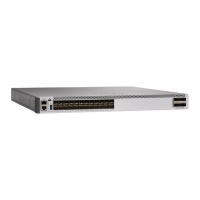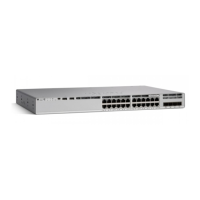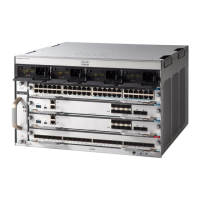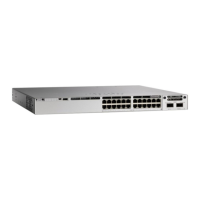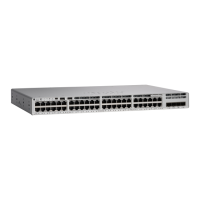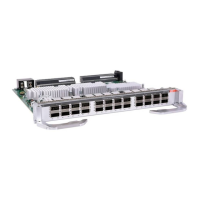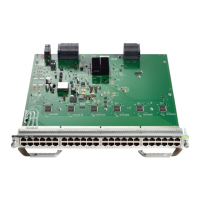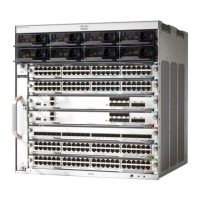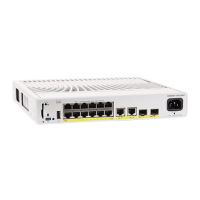If you have routers on your network that are configured for IGRP, and you want to change to EIGRP, you
must designate transition routers that have both IGRP and EIGRP configured. In these cases, perform
Steps 1 through 3 in the next section and also see the “Configuring Split Horizon” section. You must use
the same AS number for routes to be automatically redistributed.
Note
Default EIGRP Configuration
Table 11: Default EIGRP Configuration
Default SettingFeature
Disabled.Auto summary
Exterior routes are accepted and default information is passed
between EIGRP processes when doing redistribution.
Default-information
Only connected routes and interface static routes can be
redistributed without a default metric. The metric includes:
•
Bandwidth: 0 or greater kb/s.
•
Delay (tens of microseconds): 0 or any positive number that
is a multiple of 39.1 nanoseconds.
•
Reliability: any number between 0 and 255 (255 means
100 percent reliability).
•
Loading: effective bandwidth as a number between 0 and
255 (255 is 100 percent loading).
•
MTU: maximum transmission unit size of the route in bytes.
0 or any positive integer.
Default metric
Internal distance: 90.
External distance: 170.
Distance
Disabled. No adjacency changes logged.EIGRP log-neighbor changes
No authentication provided.IP authentication key-chain
No authentication provided.IP authentication mode
50 percent.IP bandwidth-percent
For low-speed nonbroadcast multiaccess (NBMA) networks:
60 seconds; all other networks: 5 seconds.
IP hello interval
Routing Configuration Guide, Cisco IOS XE Everest 16.6.x (Catalyst 9500 Switches)
108
Configuring IP Unicast Routing
Default EIGRP Configuration
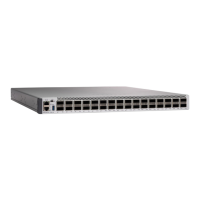
